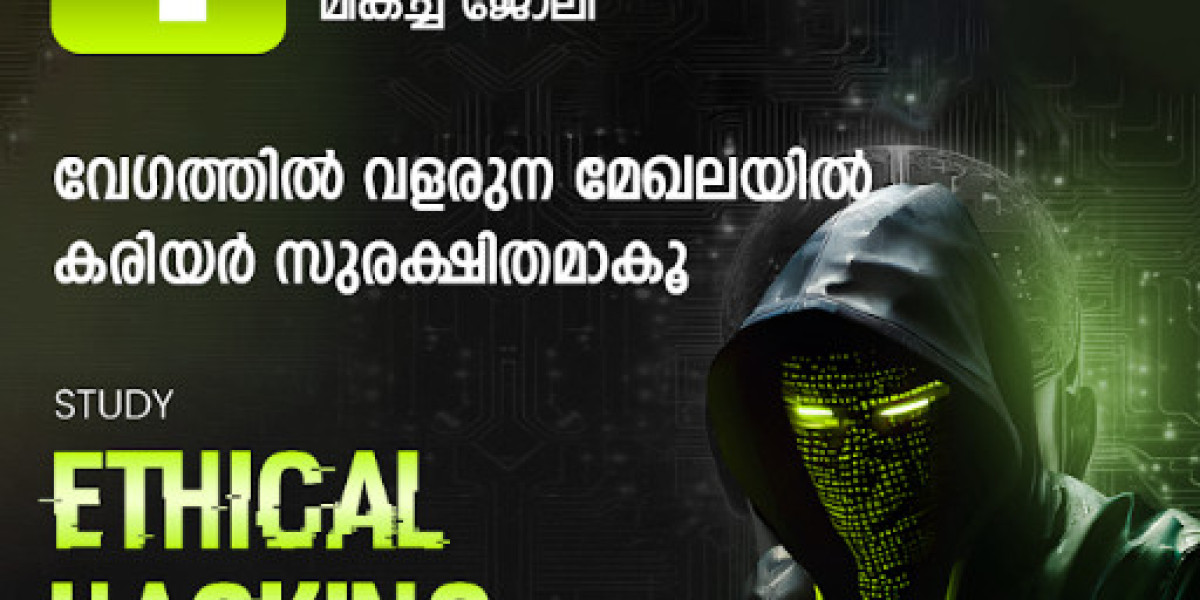. Whether in novels, films, video games, or tabletop role-playing adventures, world building adds depth, logic, and realism to imaginative works. It involves developing everything from geography and culture to politics, languages, and belief systems. When done effectively, it transforms a simple story into a fully immersive experience that engages the audience on every level.
The Role of World Building in Storytelling
At its heart, world building gives structure and substance to a story’s environment. It provides the context in which characters live, grow, and interact. When readers or players engage with a fictional world that feels real and consistent, they become more emotionally invested in the story. A well-built world supports character development and plot progression, making every decision, conflict, and resolution feel meaningful and grounded in the rules of that universe.
World building is not exclusive to fantasy or science fiction. Even realistic fiction benefits from thoughtful world construction. The setting of a small-town drama, an urban thriller, or a historical romance can feel just as immersive if the world is designed with care. What matters most is the internal logic and consistency that makes the setting believable.
Components of Effective World Building
Building a compelling world means exploring and defining multiple aspects that interact with one another. Geography shapes how societies develop. A mountainous region may produce isolated communities with unique customs, while fertile plains may lead to sprawling civilizations and agricultural abundance. Climate influences daily life, architecture, and even personality traits of the inhabitants.
Cultural world building involves language, religion, art, and social norms. Understanding how people think, believe, and behave in the world you create gives authenticity to their actions. Political structures, economic systems, and historical events also play a crucial role. They determine who holds power, what conflicts arise, and how different regions and people relate to one another.
Magic systems or advanced technologies often define speculative worlds. But for these elements to enhance rather than distract from the story, they must follow consistent rules. The limitations of such systems are just as important as their capabilities, as they introduce challenges and opportunities that drive the plot.
Creating Immersive and Consistent Worlds
Consistency is a key principle in world building. Once the rules of the world are established, they must remain stable throughout the narrative. This reliability allows the audience to understand and trust the logic of the world, which increases their suspension of disbelief. Contradictions or poorly explained elements can break immersion and weaken the connection between the audience and the story.
Immersion is further enhanced when the world is shown through natural interactions rather than exposition. Descriptions embedded in dialogue, character behavior, and environmental details allow the world to reveal itself organically. This approach helps maintain narrative flow while still conveying the complexity of the setting.
Tools and Techniques for World Building
Many creators begin world building with maps, sketches, or written notes, organizing their thoughts around major themes or ideas. Some start with a single location and expand outward, while others construct an entire universe before diving into the story. There is no one-size-fits-all method. What matters is building a world that serves the narrative and feels alive.
Digital tools and world building platforms have made the process easier and more interactive. Writers and developers can now use online software to create maps, timelines, genealogies, and cultural databases, keeping their work organized and accessible. These tools are especially helpful in collaborative environments, where multiple creators contribute to the same fictional world.
World Building Across Different Media
Each storytelling medium approaches world building differently. In literature, the writer must rely on language to paint a vivid picture of the world. Descriptive prose and internal thoughts bring the setting to life in the reader’s mind. In visual media like film or animation, production design, costumes, and cinematography communicate the tone and details of the world.
Video games offer the unique advantage of interactivity. Players can explore the world at their own pace, uncovering lore through gameplay and environmental storytelling. Tabletop RPGs, on the other hand, allow for collaborative world building, where players and game masters create and expand the world together in real time.
Conclusion
World building is a powerful creative practice that adds authenticity, depth, and texture to any story. It allows creators to transport audiences to places that feel tangible, even if entirely imagined. Whether you are building a mythical empire, a dystopian future, or a relatable town with a secret history, the process of world building invites exploration, connection, and wonder. With careful planning, imagination, and consistency, world building becomes the foundation on which unforgettable stories are built.







